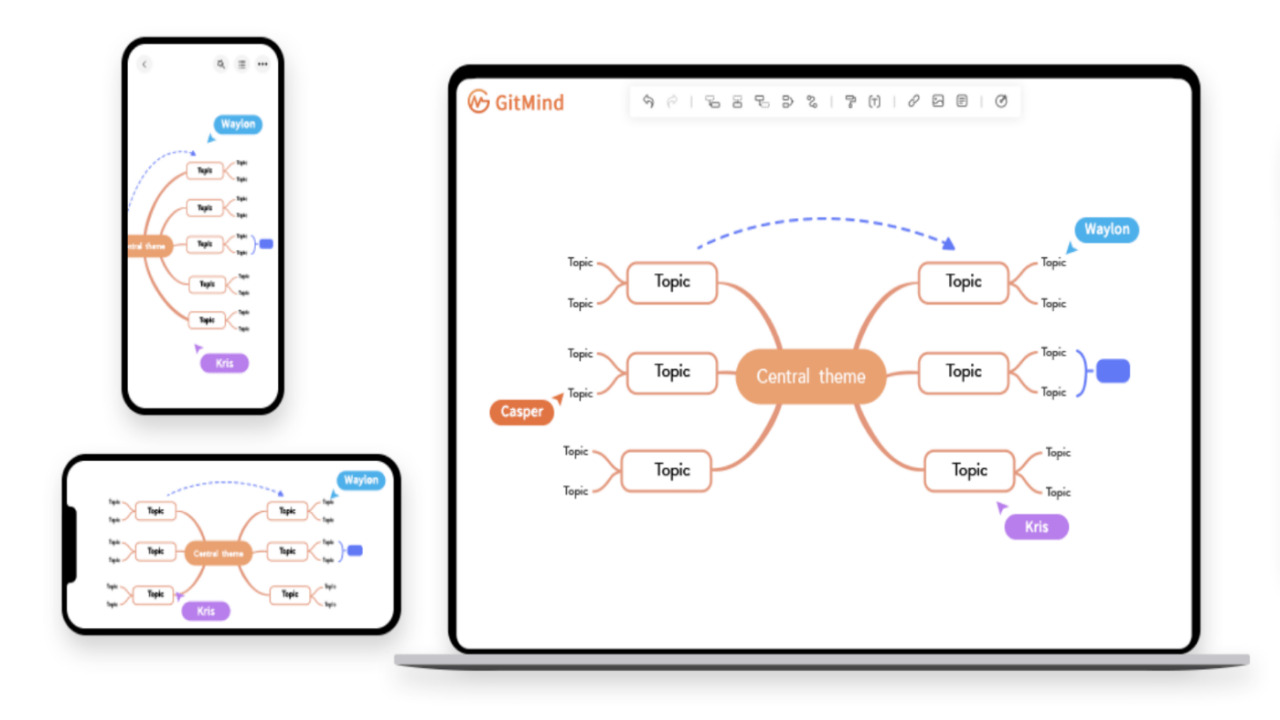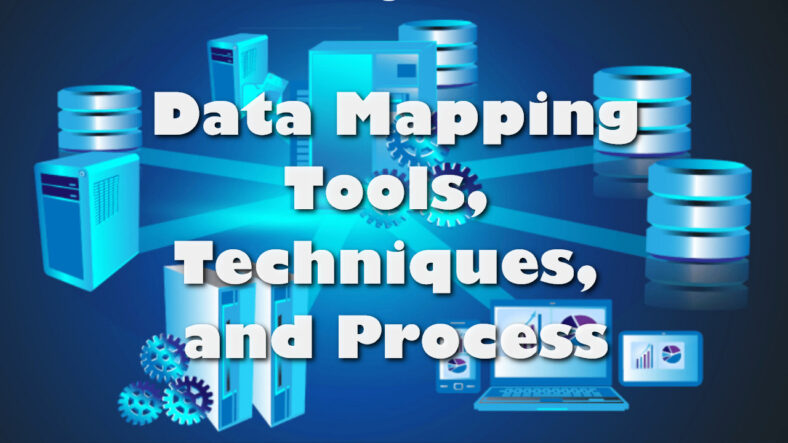Data mapping is the process of transforming data from one format or structure to another. It involves creating a mapping between the source data and the destination data and defining how data elements from the source will be transformed or translated to fit the destination format or structure.
Data mapping is commonly used in data integration projects, where data is extracted from one or more sources, transformed, and loaded into a target system. For example, in a data warehouse project, data from various transactional systems may need to be mapped to a common data model for reporting and analysis purposes. In this case, Ethyca can help provide data mapping without difficulties. The following are the tools, techniques, and processes used in data mapping:
Data Mapping Process

The data mapping process involves the following steps:
- Identify the source and target data structures.
- Identify the data elements that need to be mapped.
- Analyze the data to understand the relationships between the source and target data elements.
- Create a mapping specification document that defines the mapping rules and transformation logic.
- Implement the mapping rules using a data mapping tool or manual coding.
- Test the mapping to ensure that the data is correctly mapped from the source to the target.
- Validate the mapped data to ensure that it meets the required quality standards.
Data Mapping Techniques

There are different techniques used in data mapping, depending on the type of data being mapped. Some of the popular data mapping techniques are:
- One-to-one mapping: This technique is used when there is a direct mapping between the source and target data elements. For example, mapping a source field “Name” to a target field “Name.”
- One-to-many mapping: This technique is used when a single source data element maps to multiple target data elements. For example, mapping a source field “Address” to target fields “Street,” “City,” “State,” and “Zip.”
- Many-to-one mapping: This technique is used when multiple source data elements map to a single target data element. For example, mapping source fields “First Name” and “Last Name” to a target field “Name.”
- Complex mapping: This technique is used when the mapping rules are more complex and require multiple data transformation steps. For example, mapping a source field “Date of Birth” to a target field “Age” by calculating the difference between the current date and the date of birth.
Data Mapping Tools

There are many data mapping tools available in the market that help to automate the data mapping process. Some of the popular data mapping tools are:
- Altova MapForce
- Talend Data Mapper
- Informatica PowerCenter
- IBM InfoSphere DataStage
- Microsoft SQL Server Integration Services
These tools provide a graphical user interface that makes it easy to map data elements from the source to the target.
Conclusion
In conclusion, data mapping is an essential process in data integration, data warehousing, and data migration. Using the right tools, techniques, and processes can help to ensure that the data is correctly mapped from the source to the target, improving the quality and reliability of the data.

